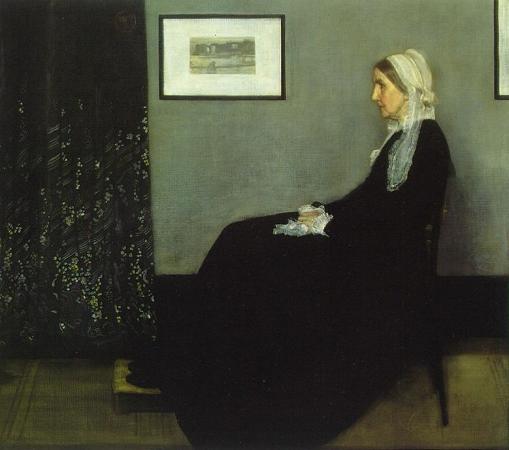Walter Richard Sickert (1860 - 1942). Walter Richard Sickert was a British painter and printmaker who was a member of the Camden Town Group of Post-Impressionist artists in early 20th-century London. He was an important influence on distinctively British styles of avant-garde art in the mid-and late 20th century. Sickert was a cosmopolitan and eccentric who often favoured ordinary people and urban scenes as his subjects. His work includes portraits of well-known personalities and images derived from press photographs. He is considered a prominent figure in the transition from Impressionism to Modernism. Sickert was born in Munich, Germany, on 31 May 1860, the eldest son of Oswald Sickert, a Danish-German artist, and his wife, Eleanor Louisa Henry, who was an illegitimate daughter of the British astronomer Richard Sheepshanks. In 1868, following the German annexation of Schleswig-Holstein, the family settled in Britain, where Oswald's work had been recommended by Freiherrin Rebecca von Kreusser to Ralph Nicholson Wornum, who was Keeper of the National Gallery at the time. The family obtained British nationality. The young Sickert was sent to University College School from 1870 to 1871, before transferring to King's College School, where he studied until the age of 18. Though he was the son and grandson of painters, he first sought a career as an actor; he appeared in small parts in Sir Henry Irving's company, before taking up the study of art in 1881. After less than a year's attendance at the Slade School, Sickert left to become a pupil of and etching assistant to James Abbott McNeill Whistler. Sickert's earliest paintings were small tonal studies painted alla prima from nature after Whistler's example. In 1883 he travelled to Paris and met Edgar Degas, whose use of pictorial space and emphasis on drawing would have a powerful effect on Sickert's work. He developed a personal version of Impressionism, favouring sombre colouration. Following Degas' advice, Sickert painted in the studio, working from drawings and memory as an escape from the tyranny of nature. In 1888 Sickert joined the New English Art Club, a group of French-influenced realist artists. Sickert's first major works, dating from the late 1880s, were portrayals of scenes in London music halls. One of the two paintings he exhibited at the NEAC in April 1888, Katie Lawrence at Gatti's, which portrayed a well known music hall singer of the era, incited controversy more heated than any other surrounding an English painting in the late 19th century. Sickert's rendering was denounced as ugly and vulgar, and his choice of subject matter was deplored as too tawdry for art, as female performers were popularly viewed as morally akin to prostitutes. The painting announced what would be Sickert's recurring interest in sexually provocative themes. In the late 1880s he spent much of his time in France, especially in Dieppe, which he first visited in mid-1885, and where his mistress, and possibly his illegitimate son, lived. During this period Sickert began writing art criticism for various publications, including Herbert Vivian and Stuart Richard Erskine's The Whirlwind. Between 1894 and 1904 Sickert made a series of visits to Venice, initially focusing on the city's topography; it was during his last painting trip in 1903-04 that, forced indoors by inclement weather, he developed a distinctive approach to the multiple-figure tableau that he further explored on his return to Britain. The models for many of the Venetian paintings are believed to have been prostitutes, whom Sickert might have known through being a client. Sickert's fascination with urban culture accounted for his acquisition of studios in working-class sections of London, first in Cumberland Market in the 1890s, then in Camden Town in 1905. The latter location provided an event that would secure Sickert's prominence in the realist movement in Britain. On 11 September 1907, Emily Dimmock, a prostitute cheating on her partner, was murdered in her home at Agar Grove, Camden. After sexual intercourse the man had slit her throat open while she was asleep, then left in the morning. The Camden Town murder became an ongoing source of prurient sensationalism in the press. For several years Sickert had already been painting lugubrious female nudes on beds, and continued to do so, deliberately challenging the conventional approach to life painting, The modern flood of representations of vacuous images dignified by the name of the nude represents an artistic and intellectual bankruptcy, giving four of them, which included a male figure, the title The Camden Town Murder, and causing a controversy which ensured attention for his work.
more...














